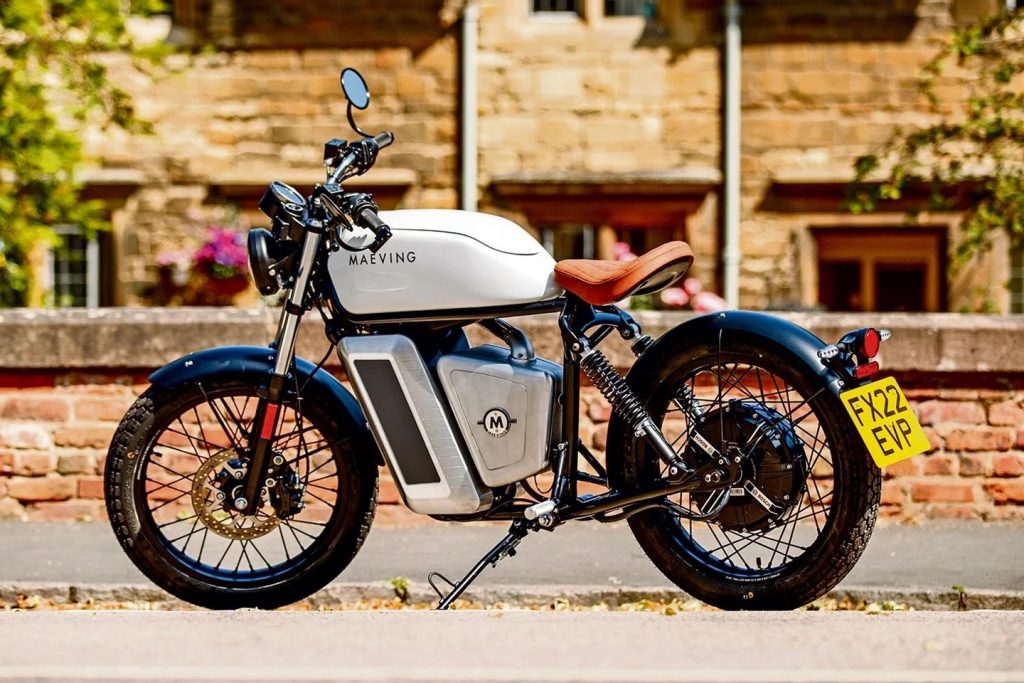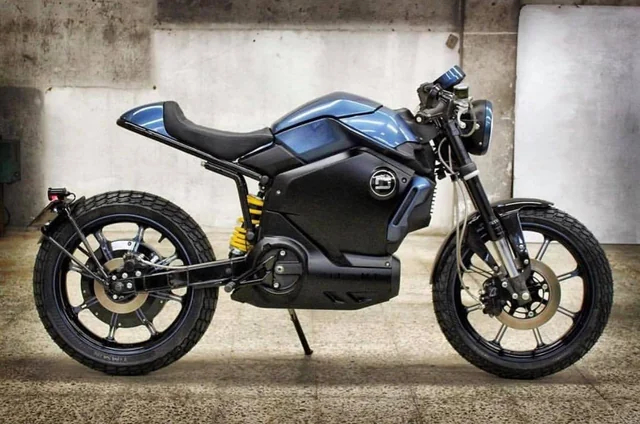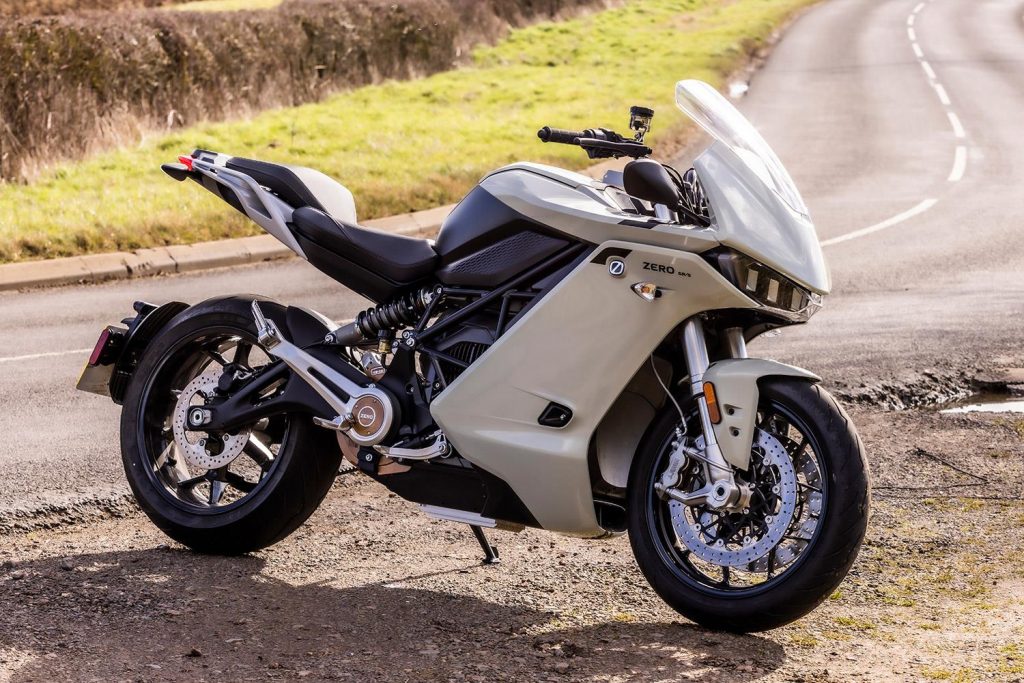How many times have we heard the phrase “it’s the future” when it comes to electric motorcycles, often muttered through gritted teeth by seasoned bikers?

Despite being hailed as ‘the future,’ electric motorcycles have struggled to make a significant impact on sales charts for over a decade. While Chinese brands like NIU and Super Soco saw some success during the Covid years, that momentum seems to have faded, and high-performance EV superbikes remain niche. Sales are still minimal, with last year even witnessing the downfall of Italian pioneer Energica. American brand Zero, often called the ‘two-wheeled Tesla,’ continues to push forward, recently introducing its ‘All Access’ program to offer more affordable models, with six new bikes under £10k planned. But will that be enough to sway British bikers toward an electric future? While we admire the effort, we’re not fully convinced just yet.
How Are Battery Innovations Shaping Electric Motorcycles?
Solid-state batteries and graphene-enhanced cells are transforming energy density, delivering over 300 miles per charge. Companies like Tesla and Gogoro are leading the way with swappable battery networks, cutting downtime. Modular designs let users upgrade battery packs without replacing entire systems, saving on long-term costs. Improved thermal management also helps prevent overheating in high-performance models.
| Battery Type | Energy Density | Charge Time | Lifespan |
|---|---|---|---|
| Solid-State | 500 Wh/kg | 12 min (80%) | 2,000 cycles |
| Lithium-Ion | 250 Wh/kg | 45 min (80%) | 1,500 cycles |
Recent advancements feature silicon-anode batteries enabling 420-mile ranges in Zero Motorcycles’ 2024 lineup. CATL’s condensed battery technology cuts weight by 30% without sacrificing energy capacity. BMW’s CE 04 scooter prototype showcases wireless charging, allowing 15% battery top-ups during 10-minute stops at specially equipped parking spots.



Leave a Reply